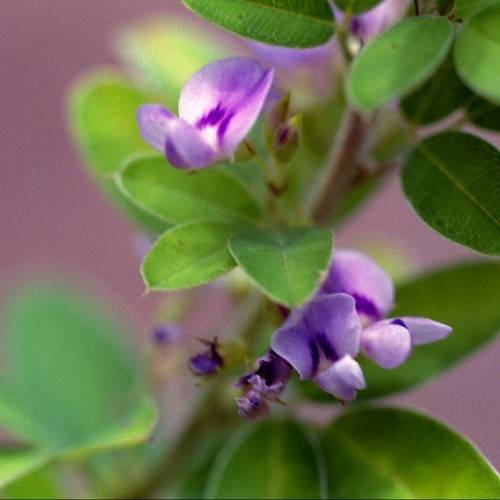
bush clover
Lespedeza thunbergii 'Samidare'
Cycle:
Perennial
Watering:
Average
Hardiness Zone:
4 - 8
Flowers:
Flowers
Sun:
Full sun,part shade
Leaf:
Yes
Growth Rate:
Moderate
Maintenance:
Moderate
Salt Tolerant:
Yes
Thorny:
Yes
Care Level:
Medium
watering
Bush clover (Lespedeza thunbergii 'Samidare') should be watered once a week during the summer months; however, in the winter it should only be watered every 2 to 3 weeks. When watering, be sure to thoroughly soak the soil in order to get water to the roots. Additionally, the plants should be mulched to help conserve moisture.
sunlight
Bush Clover (Lespedeza thunbergii 'Samidare') grows best in an area that receives full sunlight for the majority of the day. It prefers at least 6 hours of direct sunlight per day, with more being better; however, during hot summer days, some partial shade will help keep the plant from drying out completely. During winter months, the bush clover should receive at least 4 hours of sunlight each day to remain healthy.
pruning
Bush clover (Lespedeza thunbergii 'Samidare') is easily pruned when needed. Pruning should be done twice a year from late spring to early summer and then again from late summer to fall in order to keep the plant looking its best. For the most part, only dead or damaged branches should be pruned to maintain size and shape. When pruning, cuts should be made just above the nodes or leaf axils. This encourages the bush clover to produce additional stems and keep its desired shape. Avoid cutting off the branch tips. Doing so may cause the entire branch to die. In addition, avoid hard pruning as this can cause the bush clover to become overcrowded.
